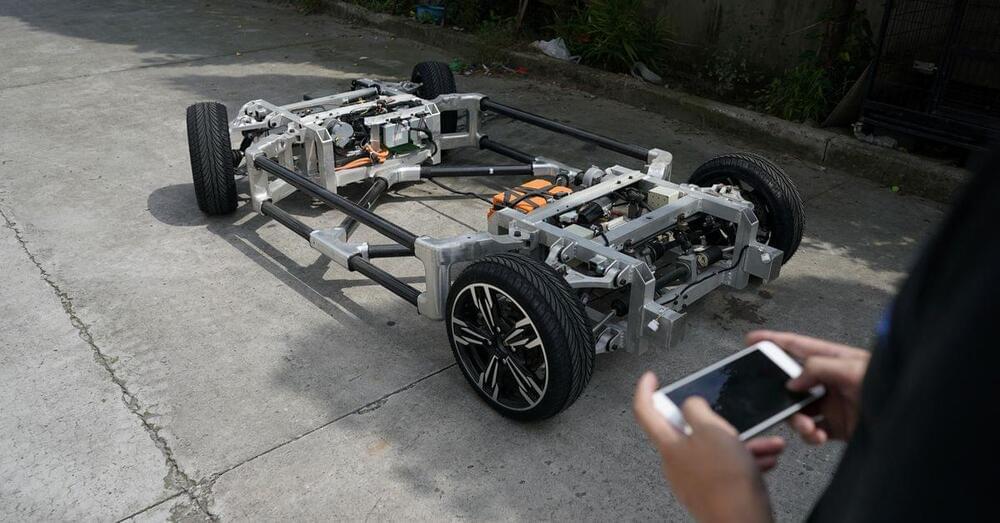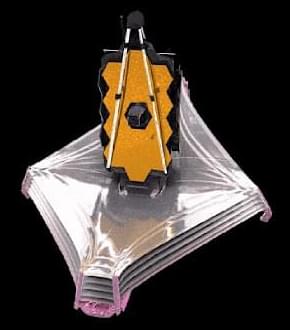As we close out 2021 and ring in what we hope to be a bright and fulfilling year, it’s time to reflect on the trends that will likely shape the months that lie ahead of us. We live in a world experiencing major transformations and exponential trends, and we’re likely to see significant developments in the new year.
So what might those changes be? Here are a few of my predictions:
COVID slides into the background.
Just as we were expecting the pandemic to fade away and become endemic, the Omicron strain surprised us yet again with a large number of mutations, increased virality and an ability to land the unvaccinated in hospitals. The fact that it hit right around the holiday season, causing thousands of flight cancellations and millions of upended plans, made its psychological impact even worse. But, on the positive side, this too shall pass. Successive mutations will likely become less deadly and eventually go the way of every other pandemic. Perhaps Omicron itself is the last major mutation. Time will tell, but it is likely that we see the end of COVID as an economy-stopping phenomenon by the end of 2022.
Full Story:







